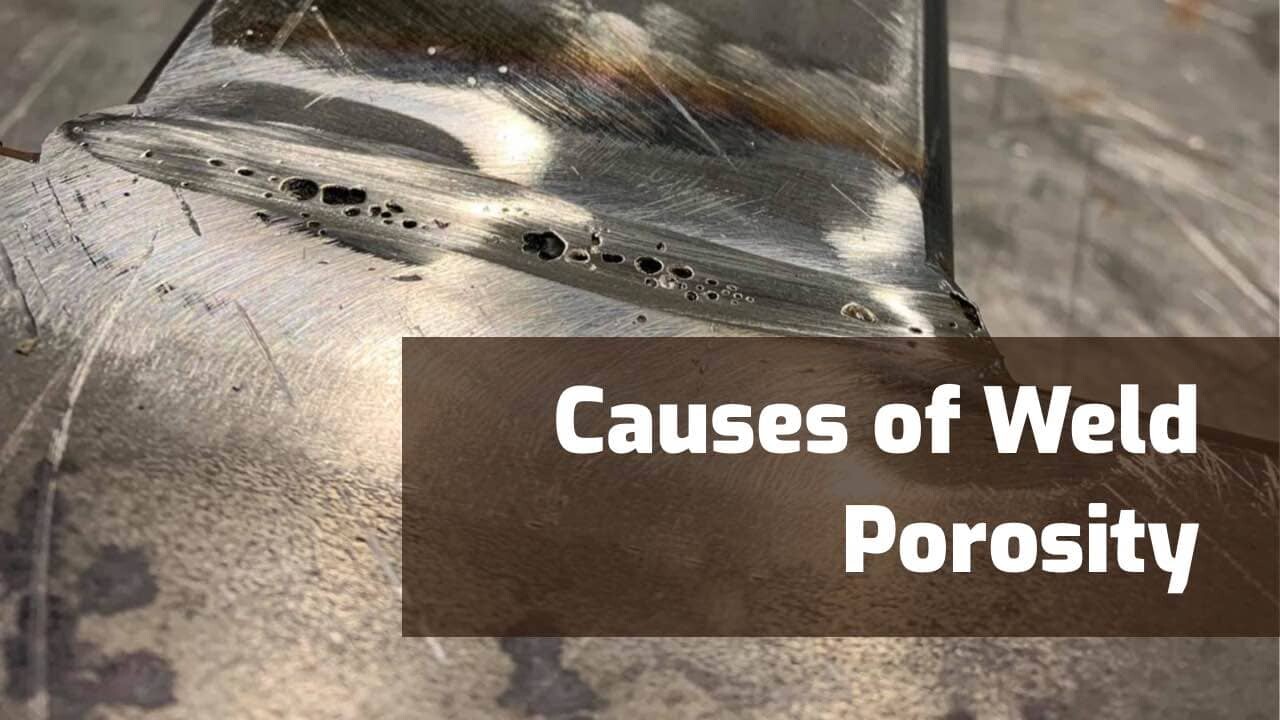The Science Behind Porosity: A Comprehensive Guide for Welders and Fabricators
Recognizing the detailed systems behind porosity in welding is crucial for welders and producers making every effort for impressive craftsmanship. From the structure of the base products to the details of the welding process itself, a wide range of variables conspire to either aggravate or alleviate the visibility of porosity.
Comprehending Porosity in Welding
FIRST SENTENCE:
Evaluation of porosity in welding reveals crucial understandings into the stability and top quality of the weld joint. Porosity, defined by the presence of dental caries or gaps within the weld steel, is a common concern in welding procedures. These spaces, if not correctly addressed, can endanger the structural honesty and mechanical homes of the weld, bring about possible failures in the ended up product.

To detect and measure porosity, non-destructive testing techniques such as ultrasonic testing or X-ray assessment are commonly employed. These strategies permit the identification of interior flaws without jeopardizing the integrity of the weld. By examining the dimension, shape, and distribution of porosity within a weld, welders can make educated choices to boost their welding processes and attain sounder weld joints.

Variables Influencing Porosity Formation
The occurrence of porosity in welding is affected by a myriad of factors, varying from gas securing performance to the ins and outs of welding specification settings. One critical factor adding to porosity development is poor gas protecting. When the securing gas, generally argon or carbon dioxide, is not effectively covering the weld pool, climatic gases like oxygen and nitrogen can pollute the liquified steel, leading to porosity. Furthermore, the tidiness of the base products plays a substantial function. Contaminants such as rust, oil, or wetness can evaporate during welding, creating gas pockets within the weld. Welding specifications, including voltage, existing, travel speed, and electrode type, likewise impact porosity development. Using improper settings can create too much spatter or heat input, which consequently can cause porosity. Additionally, the welding technique employed, such as gas metal arc welding (GMAW) or secured steel arc welding (SMAW), can influence porosity formation as a result of variants in heat circulation and gas protection. Understanding and managing these variables are important for lessening porosity in welding operations.
Impacts of Porosity on Weld High Quality
The visibility of porosity also compromises the weld's resistance to corrosion, as the entraped air or gases within the gaps can respond with the surrounding atmosphere, leading to degradation over time. In addition, porosity can hinder the weld's capability to withstand pressure or influence, more endangering the overall quality and dependability of the welded structure. In critical applications such as aerospace, automotive, or architectural constructions, where security and durability are vital, the detrimental effects of porosity on weld high quality can have serious repercussions, emphasizing the importance of lessening porosity via proper welding methods and procedures.
Techniques to Reduce Porosity
To boost the quality of welded joints and make certain architectural stability, welders and fabricators utilize specific methods focused on minimizing the development of spaces and cavities within the material during the welding process. One effective technique to minimize porosity is to guarantee correct product preparation. This includes extensive cleansing of the base steel to get rid of any type of pollutants such as oil, oil, or dampness that might add to porosity development. In addition, making use of the proper welding specifications, such as the correct voltage, present, and travel rate, is critical in avoiding porosity. Keeping my review here a constant arc length and angle during welding additionally assists lower the possibility of porosity.

Moreover, selecting the ideal securing gas and maintaining proper gas circulation prices are essential in minimizing porosity. Making use of the suitable welding strategy, such as back-stepping or utilizing a weaving movement, can additionally assist distribute warmth equally and decrease the possibilities of porosity development. Last but not least, ensuring correct air flow in the welding atmosphere to get rid of any kind of possible sources of contamination is vital for accomplishing porosity-free welds. By applying these strategies, welders can successfully decrease porosity and generate top quality bonded joints.

Advanced Solutions for Porosity Control
Applying innovative innovations and innovative approaches plays a crucial duty in accomplishing exceptional control over porosity in welding processes. Furthermore, utilizing advanced welding methods such as pulsed MIG welding or changed ambience welding can additionally help reduce porosity problems.
One more advanced remedy involves making use of innovative welding equipment. For example, utilizing devices with built-in functions like have a peek at this site waveform control and sophisticated power sources can improve weld quality and lower porosity threats. Additionally, the application of automated welding systems with exact control over criteria can considerably lessen porosity problems.
In addition, incorporating innovative monitoring and inspection technologies such as real-time X-ray imaging or automated ultrasonic testing can assist in detecting porosity early in the welding procedure, permitting instant corrective actions. In general, integrating these innovative remedies can considerably enhance porosity control and enhance the general quality of bonded parts.
Verdict
In verdict, recognizing the science behind porosity in welding is important for welders and makers to create top notch welds - What is Porosity. Advanced options for porosity control can better improve the welding process and make certain you can try here a strong and trusted weld.